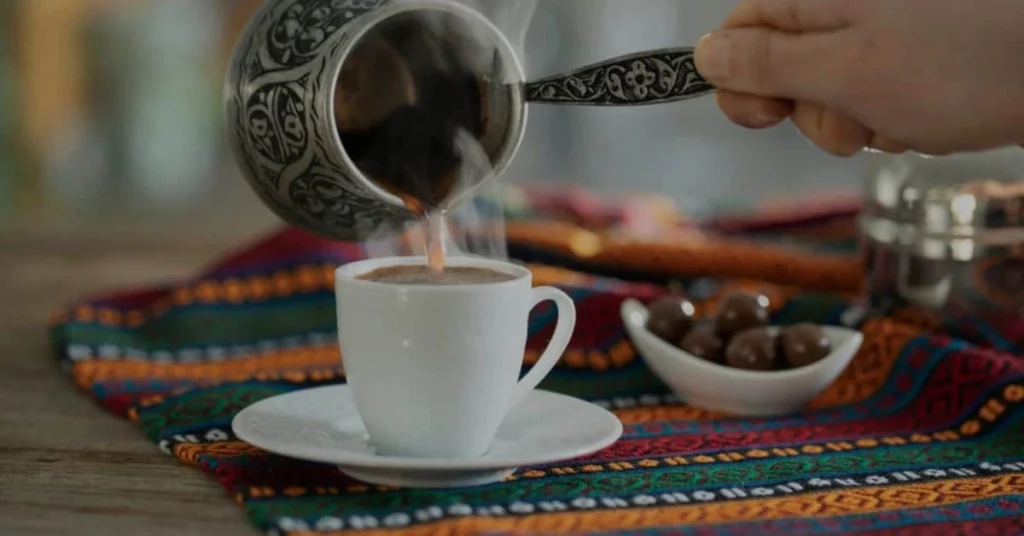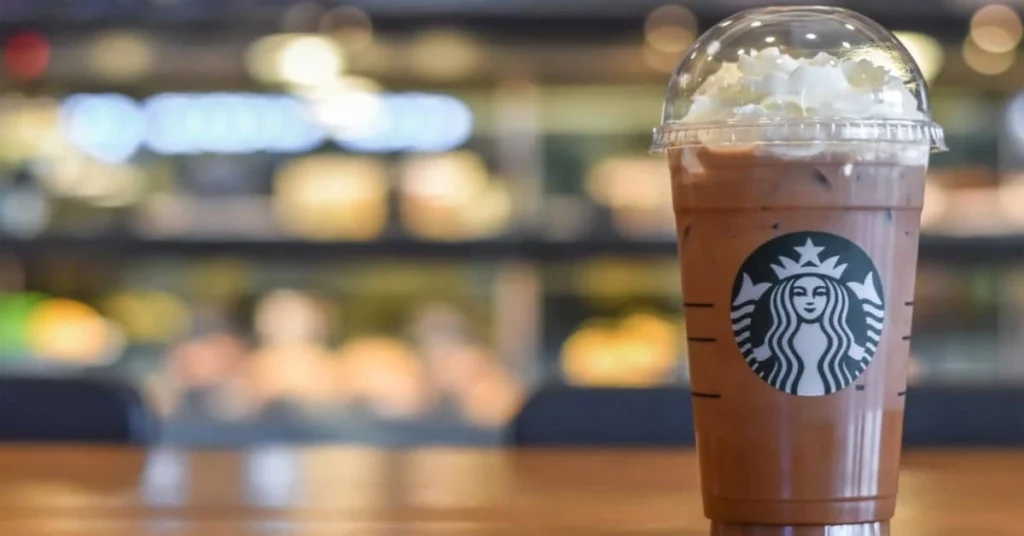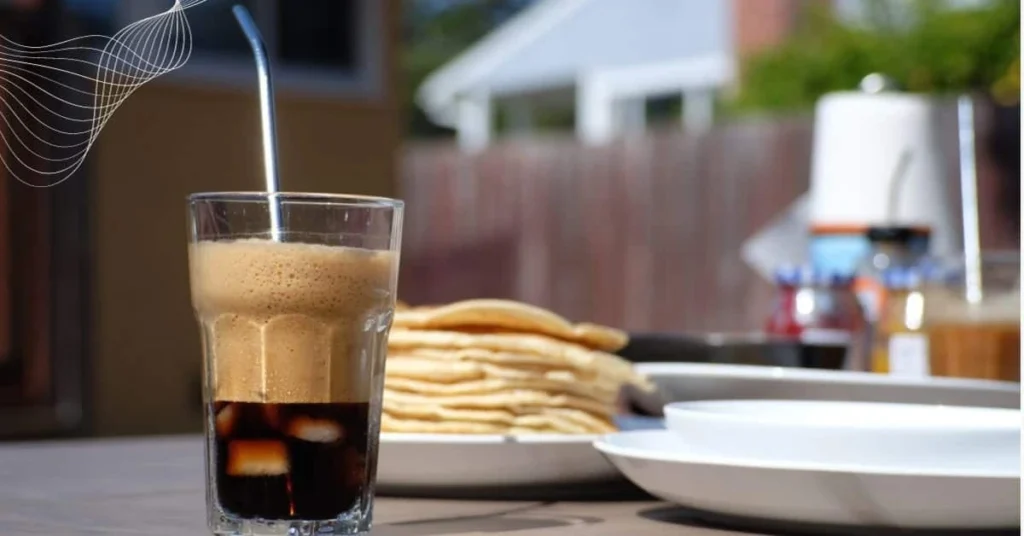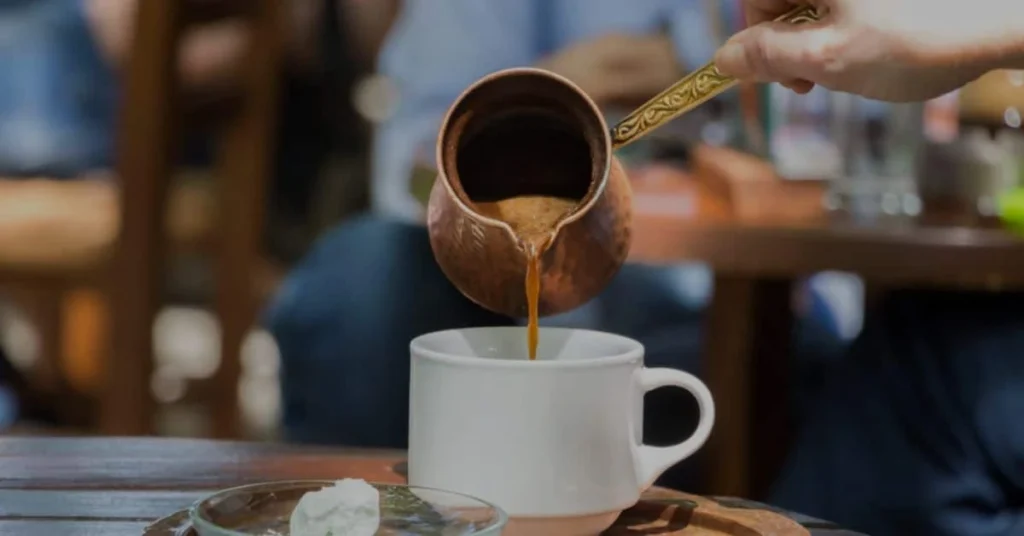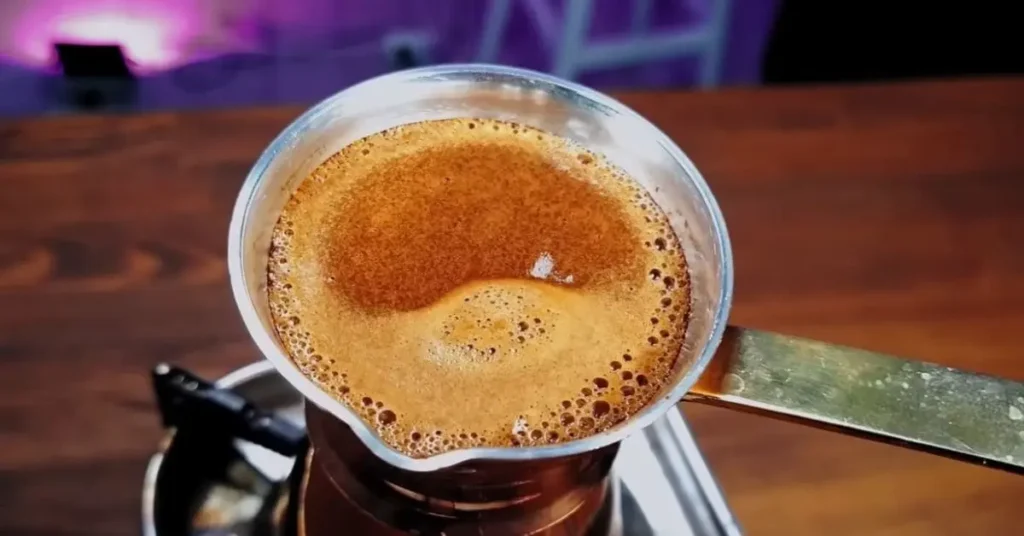If you’re a coffee lover, chances are you’ve heard of the Moka pot. This iconic coffee maker has been a staple in many homes for decades, and for good reason: it produces a rich, full-bodied coffee that is both strong and flavorful.
However, despite its popularity, many people make common mistakes when using a Moka pot, which can lead to subpar coffee and even damage to the pot. In this article, we’ll take a closer look at these mistakes and offer tips on how to avoid them, so you can enjoy the perfect Moka pot coffee every time.
But first, let’s go over some background information. The Moka pot, also known as a stovetop espresso maker, was invented in Italy in the 1930s by Alfonso Bialetti. It quickly became a popular way to make coffee at home, especially among Italians who wanted an alternative to the expensive and elaborate espresso machines found in coffee shops.
Today, the Moka pot is still a beloved coffee-making tool around the world. However, many people are intimidated by its seemingly complex design and unsure of how to use it properly. That’s where this article comes in: we’ll cover some of the most common mistakes people make with Moka pots and give you tips on how to avoid them, so you can brew the perfect cup of coffee every time.
So, whether you’re a seasoned Moka pot user or a newbie, keep reading to learn how to make the most out of this classic coffee maker.
Common Mistakes with Moka Pots
If you’re a Moka pot user, you may have experienced some common mistakes that can lead to less-than-perfect coffee. Let’s take a closer look at these mistakes and how to avoid them.
Overfilling the water chamber
One of the most common mistakes people make with Moka pots is overfilling the water chamber. This can cause the water to overflow into the coffee chamber and dilute the coffee, resulting in weak and flavorless brew.
To avoid this mistake, make sure you only fill the water chamber up to the indicated level. Don’t be tempted to add more water in an attempt to make more coffee, as this will only lead to a mess.
Tamping the coffee
Another mistake that people often make with Moka pots is tamping the coffee. Unlike with espresso machines, tamping is not necessary with Moka pots and can actually prevent the coffee from brewing properly.
To avoid this mistake, simply fill the coffee chamber with freshly ground coffee and level it off with your finger. Don’t tamp or press down on the coffee.
Heating the water too quickly
Heating the water too quickly is another common mistake that can ruin your Moka pot coffee. This can cause the coffee to brew too fast, resulting in a weak and bitter brew.
To avoid this mistake, heat the water slowly over low to medium heat. This will allow the water to heat up gradually, giving you more control over the brewing process.
Using the wrong grind size
Using the wrong grind size is another mistake that can affect the quality of your Moka pot coffee. If the grind size is too fine, it can clog the filter and make it difficult for the coffee to brew properly. If the grind size is too coarse, the coffee can be weak and watery.
To avoid this mistake, use a medium-fine grind size, similar to that of table salt. This will ensure that the coffee can brew properly without clogging the filter.
Leaving the Moka pot unattended
Leaving the Moka pot unattended while it’s brewing is not only a common mistake but also a dangerous one. If the pot is left on the heat for too long, it can overheat and even explode, causing serious injury.
To avoid this mistake, always stay close to the Moka pot while it’s brewing and remove it from the heat as soon as you hear the gurgling sound. This will ensure that the coffee is brewed properly without any mishaps.
How to Avoid Moka Pot Mistakes
Now that you know the common mistakes people make with Moka pots, it’s time to learn how to avoid them and make a perfect cup of coffee every time.
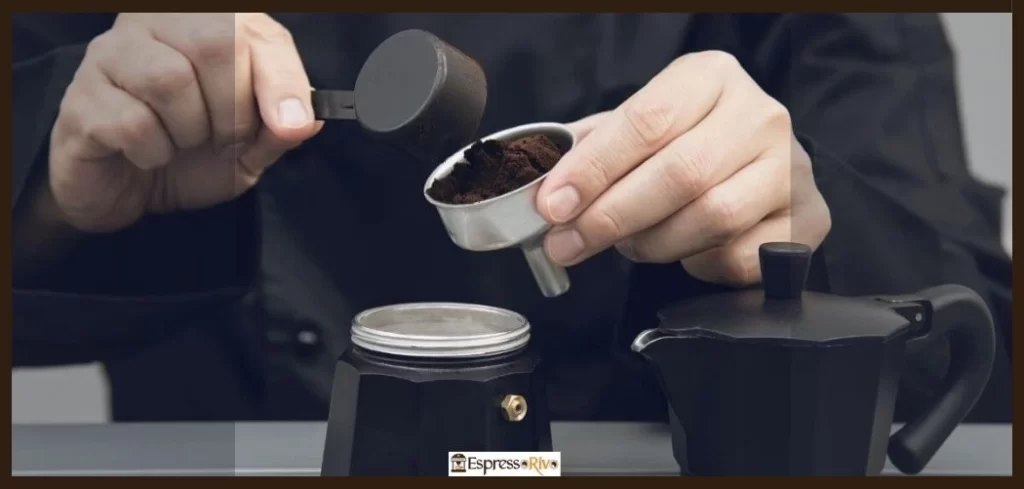
Measure the water and coffee
To avoid overfilling the water chamber or using the wrong amount of coffee, it’s important to measure both the water and coffee. Use a scale to measure the coffee and a measuring cup to measure the water.
Use the correct grind size
Using the correct grind size is crucial for a good Moka pot brew. As mentioned earlier, use a medium-fine grind size, similar to that of table salt. Experiment with different grinds to find the one that works best for you.
Heat the water slowly
Heating the water slowly over low to medium heat is key to avoiding bitter and weak coffee. It will allow the water to heat up gradually, giving you more control over the brewing process.
Don’t tamp the coffee
Unlike with espresso machines, tamping the coffee is not necessary with Moka pots. Simply fill the coffee chamber with freshly ground coffee and level it off with your finger.
Stay close to the Moka pot while it’s brewing
As mentioned earlier, leaving the Moka pot unattended can be dangerous. Always stay close to the pot while it’s brewing and remove it from the heat as soon as you hear the gurgling sound.
Clean your Moka pot regularly
Cleaning your Moka pot regularly is important to ensure that it functions properly and produces good coffee. After each use, rinse the pot with hot water and let it dry completely before storing it.
You can avoid common mistakes and make a perfect cup of Moka pot coffee every time. Remember, practice makes perfect, so don’t be discouraged if your first few attempts don’t turn out as expected. Keep experimenting and adjusting until you find the perfect recipe for your taste.
Conclusion
The Moka pot is a great way to brew coffee at home, but it’s important to know the common mistakes people make and how to avoid them. By measuring the water and coffee, using the correct grind size, heating the water slowly, not tamping the coffee, staying close to the pot while it’s brewing, and cleaning the pot regularly, you can make a perfect cup of Moka pot coffee every time.
Remember, the Moka pot is a simple and affordable way to enjoy a delicious cup of coffee, but it does require some practice and patience. Don’t be discouraged if your first few attempts don’t turn out as expected. Keep experimenting and adjusting until you find the perfect recipe for your taste.
We hope this article has been helpful and informative. If you have any questions or comments, please feel free to leave them below. Happy brewing!
Ronsil
Meet Ronsil, the master barista behind EspressoRivo. With years of experience in the coffee industry, he brings a wealth of knowledge and passion to the table. As the owner of a successful coffee shop, Ronsil is a sought-after adviser in the field. His expertise and love for the craft shines through in every cup he serves. We are honored to have him as part of our team at EspressoRivo
